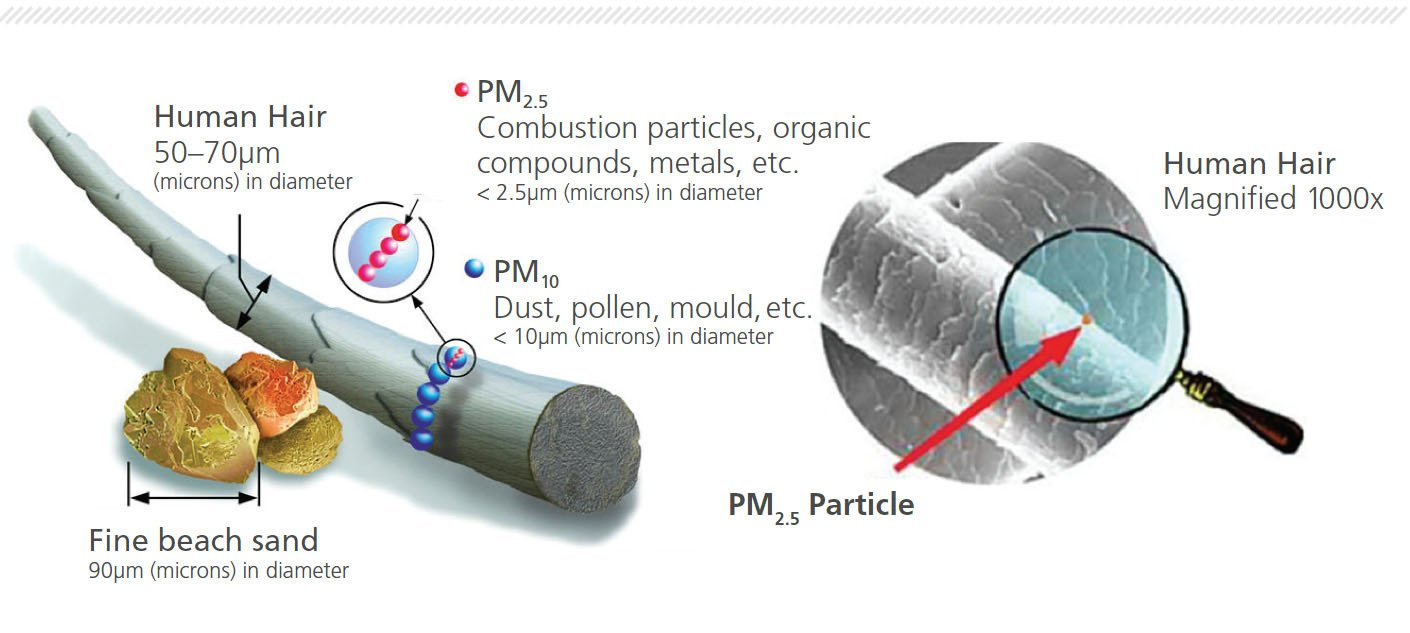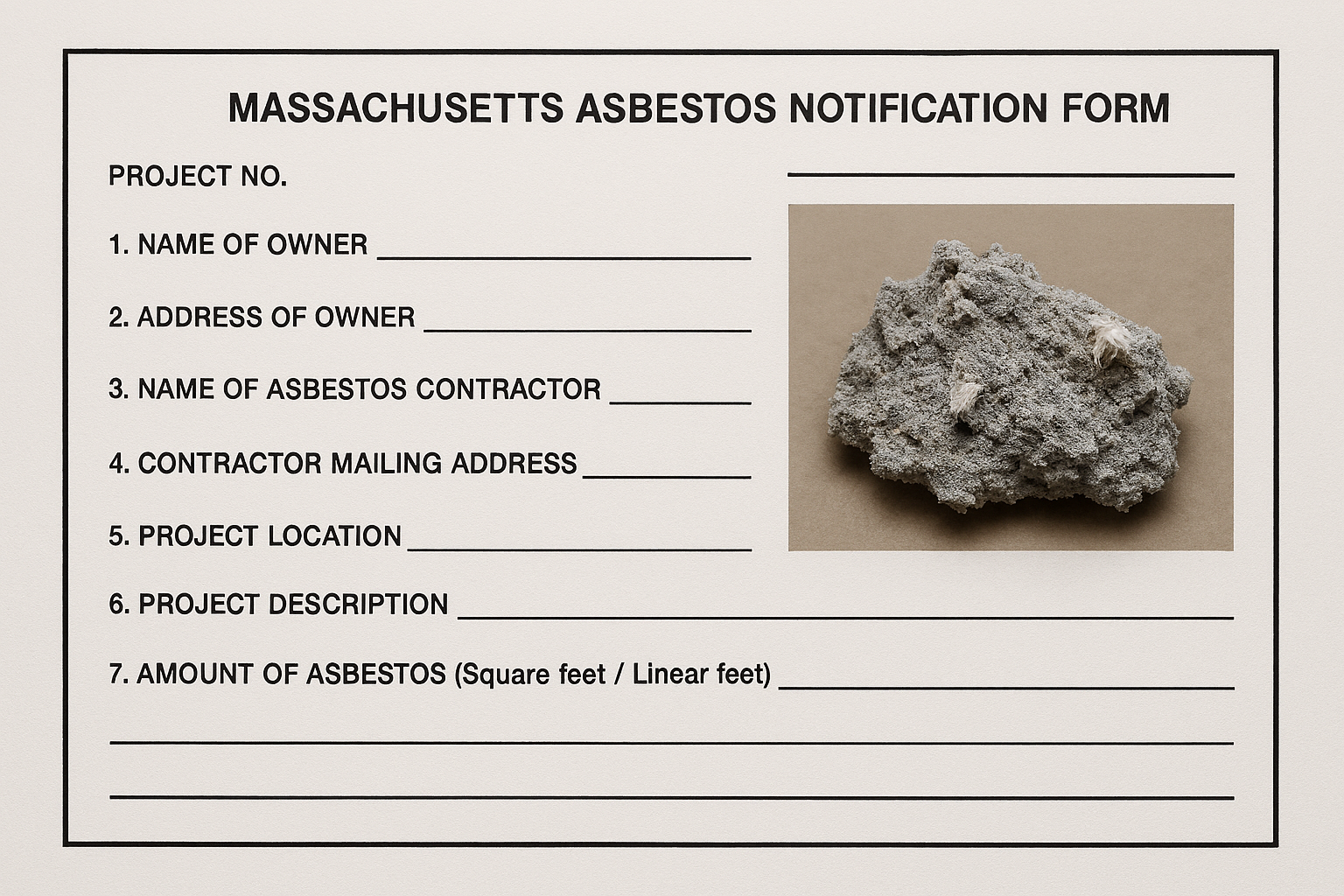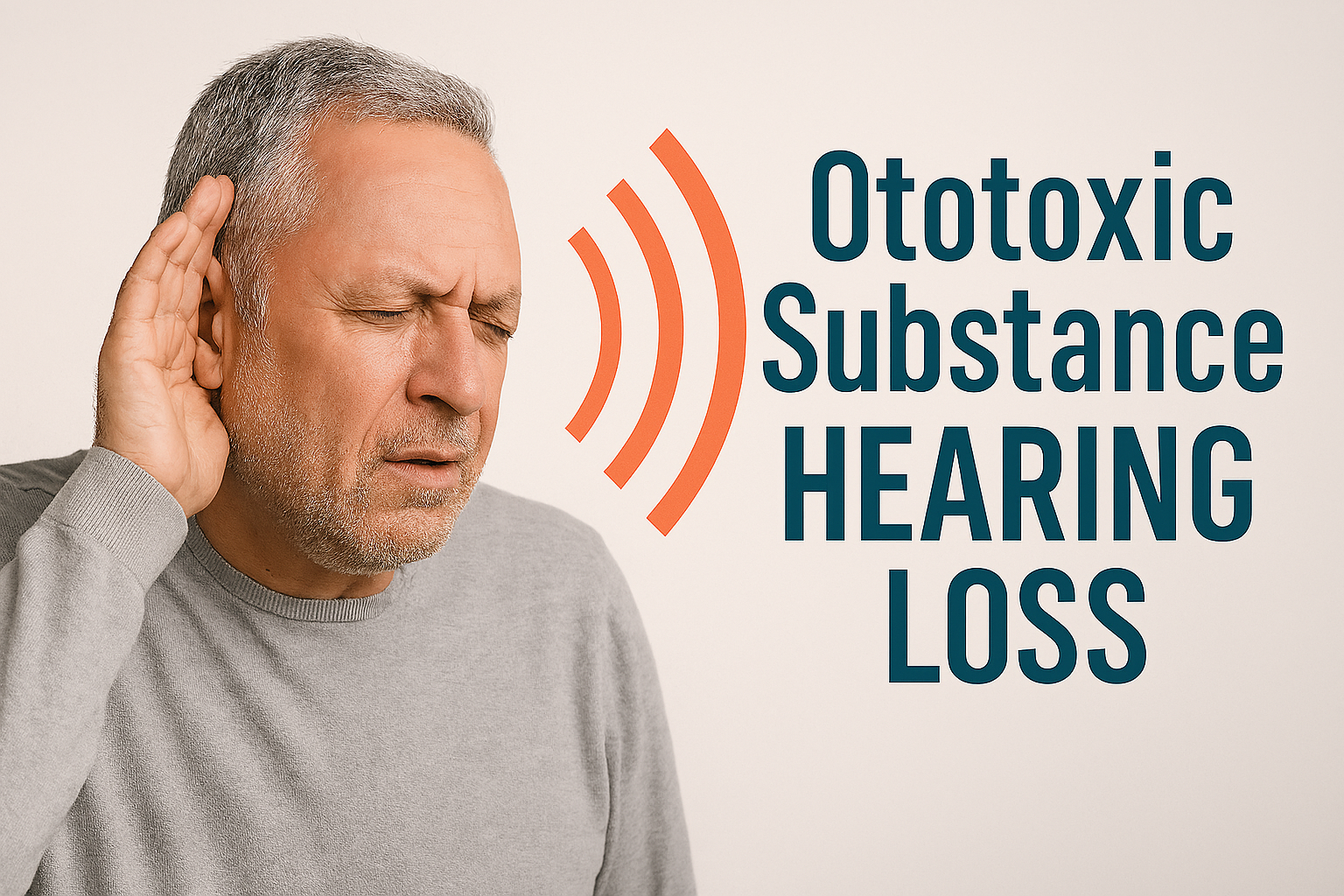Common activities that can create elevated ultrafine particle counts in a building include using a fireplace/wood stove, lighting a candle, burning toast, using a gas stove/oven, and even peeling an orange! Ultra-fines can be found in virtually every indoor and outdoor setting.
The concentration of ultra-fines varies and depends on the source (How many ultra-fines does the source generate? Are there multiple sources of ultra-fines?). It also depends on the location (Is it outdoors, where ultra-fines can quickly disperse and dilute? Is it in an indoor space that is well-ventilated? Poorly ventilated?).
The extremely small size of ultra-fines allows them to stay suspended in air for longer periods of time than larger particles which are more influenced by gravitational forces and have quicker settling speeds. Unlike larger particles, which can be inhaled and trapped in the nose, mouth, and throat, ultra-fines can deposit in the lungs after they are inhaled.
It is not known for certain whether or not ultrafine particles themselves are the cause of adverse health effects. We know that increased concentrations of ultra-fines correspond to increased complaints of poor indoor air quality and discomfort.
Some studies have shown that long term exposure to ultrafine particulates results in significant risk for heart disease. Certain constituents of ultrafine particles were strongly associated with death from heart attacks. These constituents included copper, iron, other metals, and elemental carbon (soot).
There are no specific limits or standards for indoor ultrafine concentrations. A study of ultra-fine particles in indoor air found that the following ranges of particles were associated with varying levels of IAQ complaints by occupants.
- <5,000 particles per cubic centimeter – desirable; limited amount of IAQ complaints
- <10,000 particles per cubic centimeter – acceptable; normal amount of IAQ complaints
- >10,000 particles per cubic centimeter – likelihood and frequency of IAQ complaints increases.
These values are not based on specific health impacts or toxicity data. Rather, rates of complaints were tracked and compared to measured Ultrafine particle counts in an indoor environment. These values are purely for comparative purposes and one cannot conclude that IAQ is good or poor based solely on ultrafine particle measurements. For example, buildings and homes that have open windows will generally have ultrafine particle counts over 10,000 pt/cc. This does not mean the IAQ of that building is poor. All it means is the building has unfiltered outside air entering the space.
Monitoring equipment can be used to determine ultrafine concentrations. Very often, the total concentration measured by the equipment represents more than one type of ultrafine. An industrial hygiene or health and safety expert should be used to interpret the results and evaluate the space in question to determine the most likely – and most significant – sources of ultrafines.





